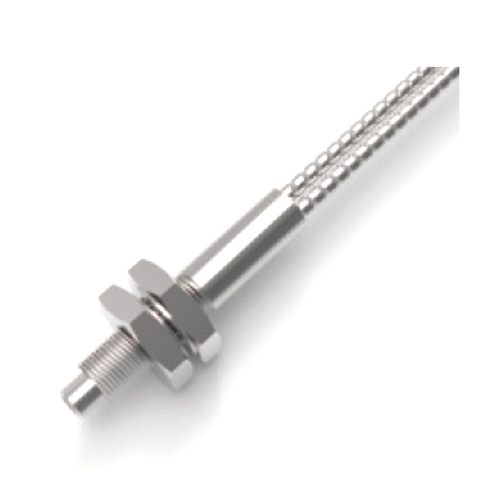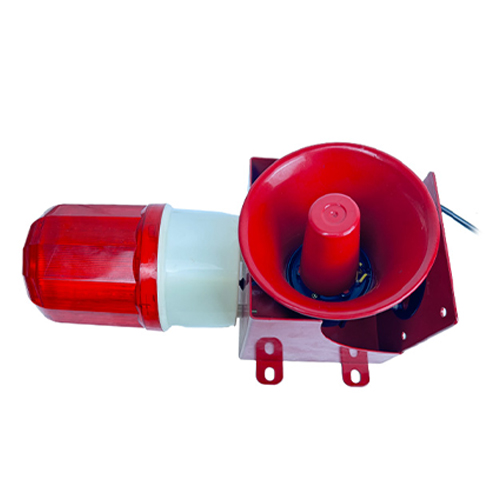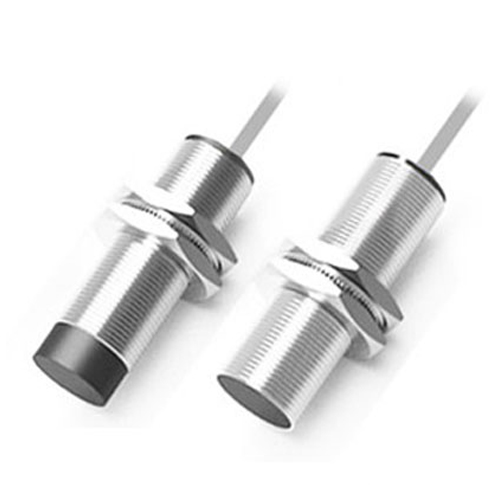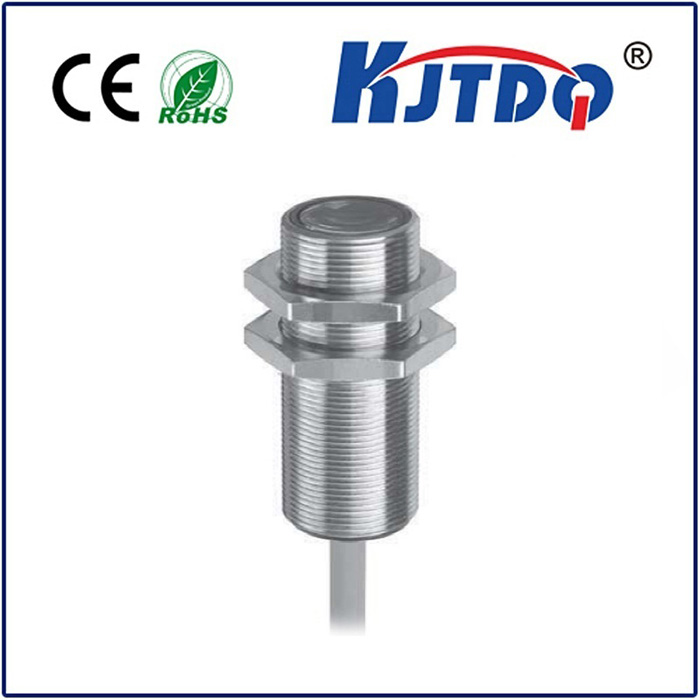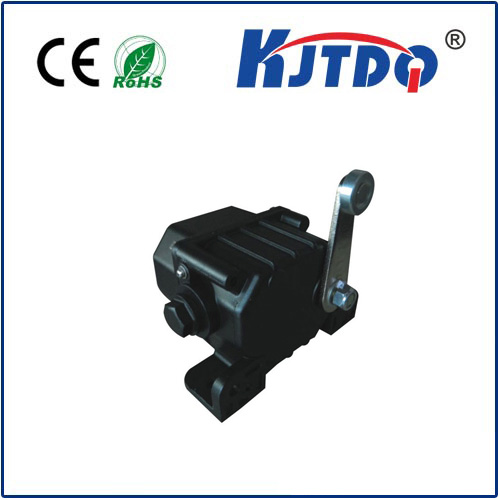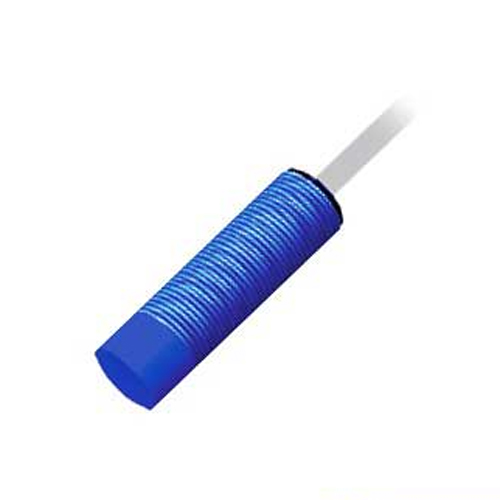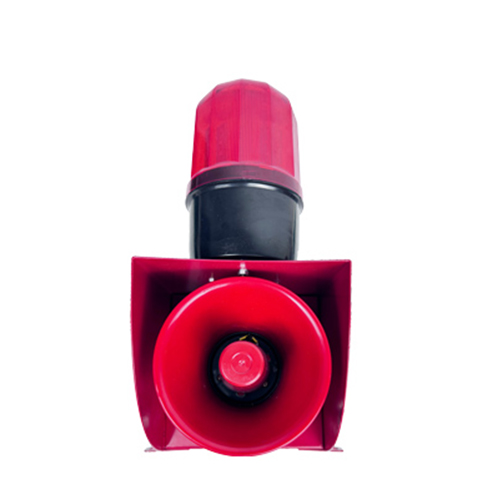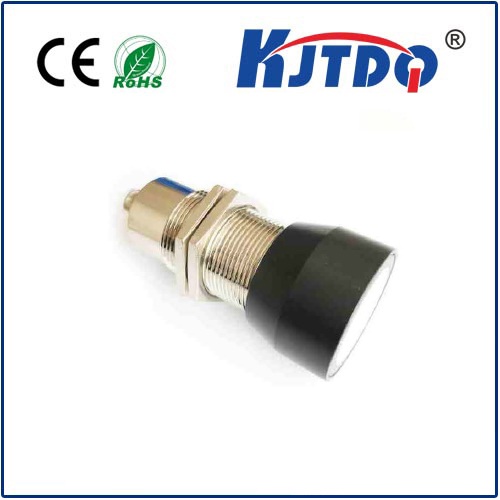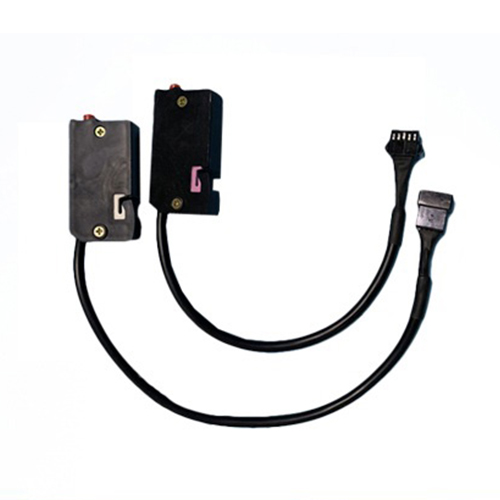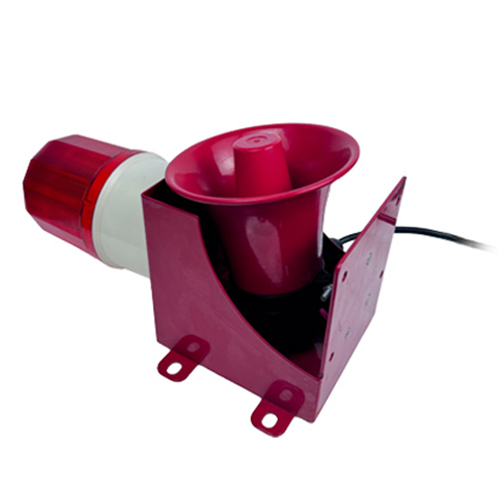BES03PN high pressure proximity sensor
- time:2025-10-17 00:05:07
- Click:0
Steel Meets Signals: Your Ultimate Guide to the BES03PN High Pressure Proximity Sensor
Imagine a component silently, reliably detecting the position of critical elements deep within a high-pressure hydraulic system. A failure here isn’t just inconvenient; it’s potentially catastrophic. This is the demanding world where sensors like the BES03PN high pressure proximity sensor aren’t just components – they are guardians of performance and safety. Engineered to thrive where others falter, this sensor represents a pinnacle of resilience and precision in industrial automation. But what exactly makes it tick, and why is it the go-to choice for such punishing environments?
Understanding the Core: Inductive Proximity Sensing Under Pressure
At its heart, the BES03PN is an inductive proximity sensor. This means it generates an electromagnetic field from its sensing face. When a metallic target (typically steel) enters this field, it induces eddy currents within the target. The sensor detects this change in the field’s oscillation, triggering its switching output without any physical contact. This non-contact principle is fundamental to its durability and longevity.
The “high pressure” designation is the critical differentiator. Standard proximity sensors might crack, leak, or malfunction when subjected to the immense forces found in hydraulic cylinders, presses, injection molding machines, or heavy-duty marine applications. The BES03PN is specifically constructed to withstand these forces, featuring a robust housing – often stainless steel – and internal engineering designed to maintain integrity and reliable operation even when immersed in hydraulic fluid or exposed to pressures that would destroy lesser sensors.

Key Features that Define the BES03PN
What elevates this sensor above standard offerings? Several crucial features combine to deliver exceptional performance under pressure:
- Exceptional Pressure Resistance: This is its defining characteristic. The BES03PN proximity sensor is rated for pressures far exceeding standard models. Exact figures vary by specific model variant (always consult datasheets!), but ratings like 400 bar (5800 psi) or even higher are common. This absolute pressure rating defines the maximum constant pressure the housing can endure without failure.
- Rugged Construction: Built for harsh industrial environments, it typically boasts an IP67 or IP68 protection rating. This signifies complete protection against dust ingress (IP6X) and protection against temporary or continuous immersion in water (IPX7/IPX8). This resilience extends beyond just pressure, shielding against dirt, coolant, and general washdown conditions.
- DC Operation & Switching Output: Primarily operating on DC voltage (common ranges include 10-30V DC), the BES03PN sensor features a solid-state switching output (usually PNP normally open - N.O.). This provides a robust, bounce-free signal ideal for modern PLCs and control systems.
- High Switching Frequency: Capable of detecting rapidly moving targets, its high switching frequency (often in the hundreds of Hz range) ensures it can keep pace with fast machinery cycles without missing detections.
- Precision Sensing: Despite its ruggedness, it delivers reliable detection with a defined switching distance (Sn). Reproducibility is typically high, meaning it consistently triggers at the same distance point.
- Flush or Non-Flush Mounting: Depending on the specific variant (BES03PN often implies flush-mountable, but confirm specifics), it can be installed flush into metal mounting brackets without compromising detection range (a key advantage over some non-flush sensors).
Why Pressure Rating Matters: Beyond the Spec Sheet
You might wonder, “Can’t I just use any robust sensor?” The answer lies in the unique challenges of high-pressure environments:
- Housing Integrity: Constant exposure to extreme pressure causes fatigue and potential rupture in inadequately designed housings. A breach means immediate sensor failure and contamination of the hydraulic system with electronics debris or external fluids.
- Seal Performance: Seals keeping fluid out and protecting internal electronics must endure relentless pressure cycles without degrading. The BES03PN high pressure proximity sensor uses specialized seals designed for this exact purpose.
- Electrical Connection Reliability: The connection point (M12 connector, cable gland) must also resist pressure ingress and maintain signal integrity.
- Performance Consistency: Pressure can subtly deform materials. The BES03PN is engineered to maintain its specified sensing distance and electrical characteristics within its rated pressure range.
Applications Demanding the BES03PN
This sensor isn’t a niche curiosity; it’s essential for numerous critical applications:
- Hydraulic Cylinder Position Feedback: Providing end-of-stroke or intermediate position signals within the cylinder itself, directly exposed to system pressure.
- Injection Molding Machines: Monitoring mold clamp position, ejector plates, or core pulls under immense tonnage.
- Presses & Stamping Equipment: Detecting die position or workpiece presence within the press frame.
- Test Benches & Simulators: Where hydraulic systems are tested under maximum pressure conditions.
- Marine & Offshore Equipment: Harsh environments requiring resistance to high pressure and corrosion.
- Heavy Construction Machinery: Monitoring critical hydraulic functions in excavators, loaders, and bulldozers.
Implementation Best Practices
To maximize the lifespan and reliability of your BES03PN sensor:
- Respect the Ratings: Never exceed the specified maximum pressure (Pmax) or ambient temperature range.
- Secure Mounting: Ensure the sensor is securely fastened using appropriate mounting hardware to withstand vibrations and mechanical shock common in heavy machinery. Verify the mounting depth (flush vs. non-flush).
- Correct Target Material & Size: It detects ferrous metals (steel, iron). Ensure the target is the right size and shape (relative to the sensor’s face) as specified in the datasheet. Avoid using non-ferrous metals (aluminum, brass, stainless steel AISI 303) unless explicitly stated as detectable by that specific variant.
- Electrical Compatibility: Ensure the supply voltage and output load (current draw) match the sensor’s specifications. Always connect with correct polarity and consider using shielded cables over long distances to prevent electrical noise interference.
- Environmental Considerations: While highly resistant, avoid excessive exposure to aggressive chemicals outside its specified compatibility or extreme temperatures beyond its range.
The BES03PN high pressure proximity sensor stands as a testament to engineering precision designed to conquer some of the most challenging environments in industry. Its ability to deliver reliable, contactless position feedback directly within high-pressure zones makes it an indispensable component for ensuring safety, efficiency, and uptime in critical hydraulic and pneumatic systems. When your application demands sensing under pressure, specifying the BES03PN isn’t just a choice; it’s the intelligent solution. Understanding its capabilities and application requirements ensures you harness its full potential for robust and dependable machine operation.






